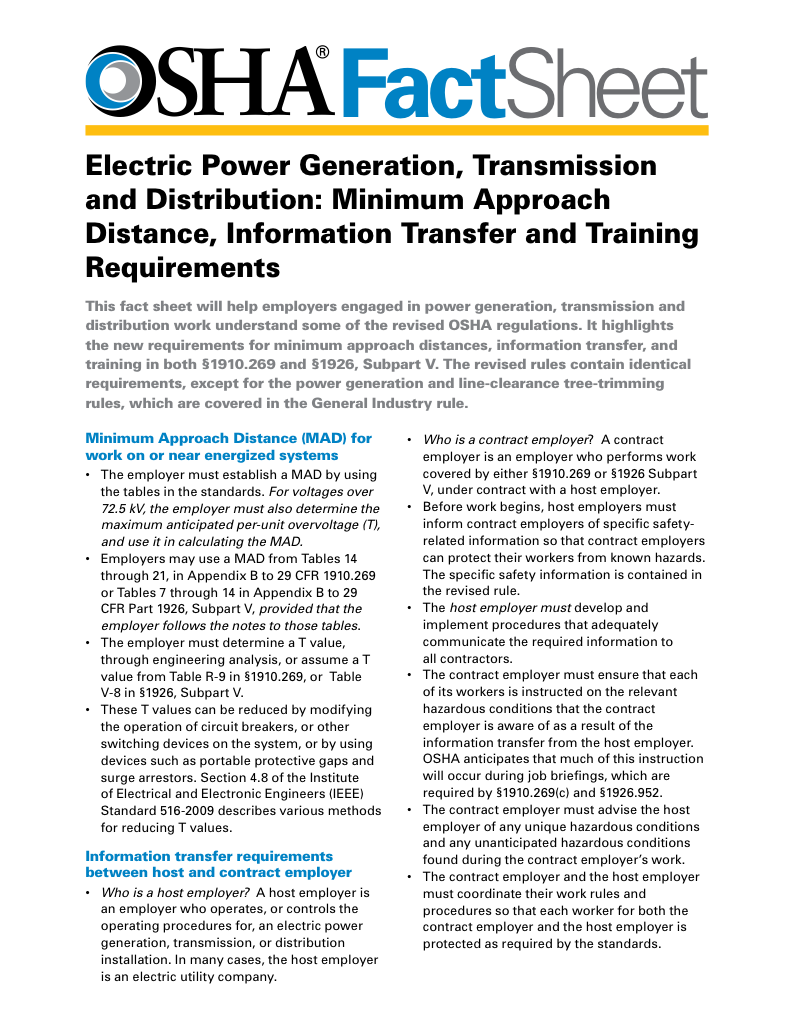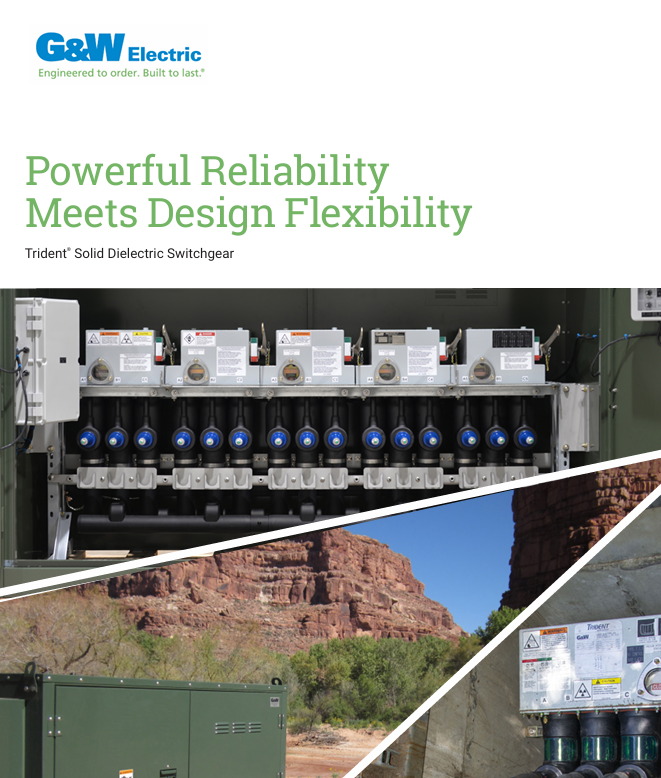When to Use Tagout Instead of Lockout

CSA Z462 Arc Flash Training - Electrical Safety Essentials
Our customized live online or in‑person group training can be delivered to your staff at your location.

- Live Online
- 6 hours Instructor-led
- Group Training Available
Download Our OSHA 3873 Fact Sheet – Minimum Approach Distance and Training Requirements

- Calculate MAD using voltage and overvoltage values
- Ensure proper communication between host and contract employers
- Meet OSHA training requirements for qualified electrical workers
When to Use Tagout? Apply during electrical maintenance to ensure isolation of de-energized circuits, LOTO compliance, OSHA control of hazardous energy, and safe servicing of switchgear, breakers, MCCs, and energized equipment when locks aren’t feasible.
When to Use Tagout?
Use tagout when locks aren’t possible to isolate circuits during electrical maintenance, per LOTO and OSHA.
✅ De-energized verification and electrical isolation
✅ When lockout devices cannot be applied
✅ Compliant with OSHA 1910.147 and NFPA 70E
When to use tagout (TO) instead of lockout depends on the type of energy-isolating device involved and whether it is capable of being locked out. According to OSHA’s Control of Hazardous Energy standard (29 CFR 1910.147), TO is permitted only when a lockout is not possible. In these cases, the TO system must provide a level of safety equivalent to that of a lockout system. Workers must be trained to recognize the limitations of tagout and to follow strict procedures to prevent accidental energization or equipment start-up during servicing or maintenance. For foundational context on LOTO principles, the overview at what is lockout tagout explains how the method prevents hazardous energy release.
Under OSHA standards, tagout may only be used when a lockout is not feasible, and it must provide the same level of safety to protect workers from hazardous energy. In accordance with lockout tagout procedures, authorized employees are responsible for isolating the power source and applying lock and tag devices to prevent unexpected startup or the release of stored energy. These procedures are part of a comprehensive energy control program required by the Occupational Safety and Health Administration, particularly for machines and equipment that are serviced or maintained in industrial environments. Detailed steps for isolating and verifying energy can be found in the lockout tagout procedure guide used by many facilities.
Test Your Knowledge About Arc Flash!
Think you know Arc Flash? Take our quick, interactive quiz and test your knowledge in minutes.
- Instantly see your results and score
- Identify strengths and areas for improvement
- Challenge yourself on real-world electrical topics
When implementing LOTO standards, it's essential to evaluate all forms of hazardous energy—including electrical, mechanical, hydraulic, pneumatic, and chemical sources. If a lock and tag cannot be physically applied to a device, a tagout system may be used, but only with additional safety measures that match the protection of lockout. This ensures that authorized employees follow OSHA-compliant lockout tagout procedures tailored to the specific risks present in machines and equipment. Maintaining a compliant energy control program not only fulfills OSHA standards but also significantly reduces the risk of injury in power generation and industrial settings. See the OSHA Energy Control Regulations Page.
For regulatory context, OSHA’s full rule is summarized in the OSHA lockout tagout standard resource for employers.
Understanding When Tagout Can Be Used
In a Lockout Tagout (LOTO) program, lockout is always the preferred method of controlling hazardous energy. However, there are specific situations where TO is allowed:
A clear lockout tagout definition helps distinguish when tagout may be substituted under specific constraints.
-
When the Energy-Isolating Device Cannot Be Locked Out
If a machine or system has an energy-isolating device that cannot accept a lock, TO may be used as a substitute. This often applies to older equipment that lacks built-in lockable mechanisms. Examples of compliant alternatives are outlined with typical hardware in the lockout tagout devices overview for field technicians. -
When an Exception is Permitted by OSHA
OSHA allows the use of tagout only when it can be demonstrated that the tagout system provides full employee protection equivalent to a lockout. This includes additional safety measures like removing fuses, blocking movement, or using additional signage and supervision. Facilities should verify equivalency against the OSHA lockout tagout requirements before approving a tagout method. -
Temporary or Emergency Situations
In very limited cases, tagout may be used as a temporary measure—such as during urgent repairs—when full lockout is not immediately feasible. These situations must be evaluated and documented thoroughly. Such decisions should be documented within the facility’s lockout tagout programs to ensure consistency and audit readiness.
OSHA Requirements
OSHA's 29 CFR 1910.147 mandates that if a TO device is used, it must be:
-
Durable and standardized
-
Clearly labeled with the employee’s name
-
Able to withstand environmental conditions
-
Securely attached at the energy-isolating device
Employees must also be trained to understand the limitations of devices, including the fact that they are warning labels only and do not provide physical restraint like a lockout device.
Tagout Best Practices
If TO must be used:
-
It should be part of a clearly written energy control procedure
-
Additional safety measures should be employed
-
Only authorized personnel should apply and remove TO devices
-
All affected employees should be notified and trained
Knowing when to use TO is a critical component of electrical and industrial safety. While lockout remains the gold standard for controlling hazardous energy, TO is acceptable in specific cases when lockout is not possible. To stay compliant with OSHA and ensure employee protection, companies must establish clear procedures, provide thorough training, and ensure equivalent safety when using tagout systems.
Read More About Lockout Tagout
Return to the Lockout Tagout Overview Page








